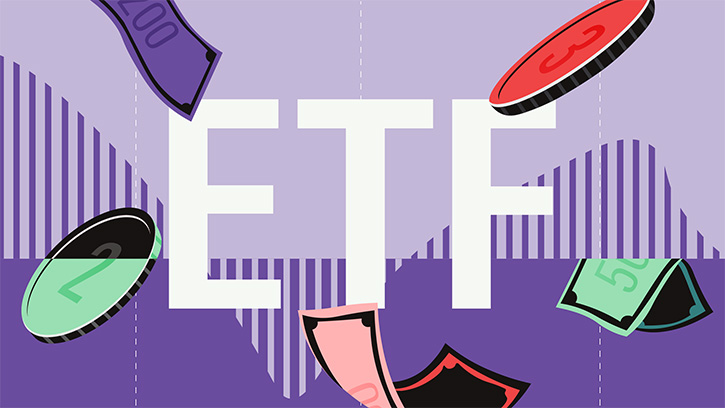All ETFs are not created equal. Since ETFs began trading in Europe over a decade ago, there has been a proliferation of different kinds of ETFs that are suitable for different kinds of investors.
The following guide will explain the difference between active and passive ETFs, as well as the difference between ETFs that use physical replication and ETFs that use synthetic replication.
(For a comprehensive definition for "ETF", read the article “What is an ETF?”)
ETFs: Active vs. Passive
Passive ETFs
Most ETFs that track market indices are called passive ETFs. Managers who are in charge of overseeing passive ETFs will take a hands-off approach, simply ensuring that their ETFs replicate their designated indices. A manager will not intervene if an index takes a turn for the worse. In other words, the manager is being passive.
Active ETFs
While the vast majority of ETFs are categorised as passive, in the past few years a handful of active ETFs have become available to investors. Active ETFs are run by a manager or a management team that attempts to outperform their designated index. But outperformance is not guaranteed; sometimes an ETF can do better than its index, but sometimes it can do worse. For example, an investor holding an active ETF that tracks the FTSE 350 would experience slightly different returns from the returns of the FTSE 350 index because management is actively using strategies to try to outperform the index.
ETF Structures: Physical vs. Synthetic
ETF providers can use either physical or synthetic replication to ensure their ETFs mimic their designated indices as accurately as possible. It is important for investors to understand the differences.
Physical Replication
ETFs that use physical replication will buy and own most or all of an index’s constituents in order to replicate the index’s performance. This method is relatively simple and transparent.
But since physical replication involves buying and selling index components, this strategy is inherently labour intensive and costly. These additional costs are ultimately passed along to investors in the form of higher total expense ratios.
ETFs using physical replication also experience tracking errors, which is when an ETF does not perfectly mimic returns of its index. Sources of tracking errors include higher expense ratios, tax treatment and dividend timing. ETFs using the physical replication method exhibit larger tracking errors compared to ETFs that use synthetic replication.
ETF provider, iShares, generally uses physical replication in its ETFs.
Synthetic Replication
Synthetic replication generally reduces costs and tracking error issues, but it increases risk for investors. Specifically, synthetic replication introduces counterparty risk into the equation.
Most ETF providers in Europe use synthetic replication methods to avoid tracking errors and achieve their investment objective. Synthetically replicated funds will enter into swap agreements with single or multiple counterparties to deliver the return of the fund’s benchmark index. But swap providers could fail to fulfil their financial obligation in the case of default. The use of multiple counterparties can serve to reduce such risk but it does not eliminate it. Thankfully, under the UCTIS III rules, the maximum exposure to any swap counterparty is limited to 10% of a fund’s net asset value.
In many cases, especially when it comes to tracking less liquid, more exotic indices, synthetic replication helps to reduce tracking error but it does not completely eliminate tracking error. For instance, swap spreads (the cost of having investment banks provide an index’s return) create tracking error.
ETF provider, db x-trackers generally uses synthetic replication in its ETFs.
For more information about active ETFs you can read the article "Asking the Right Questions About Active ETFs" and you can watch the video "An Introduction to Active vs. Passive Investing."




























